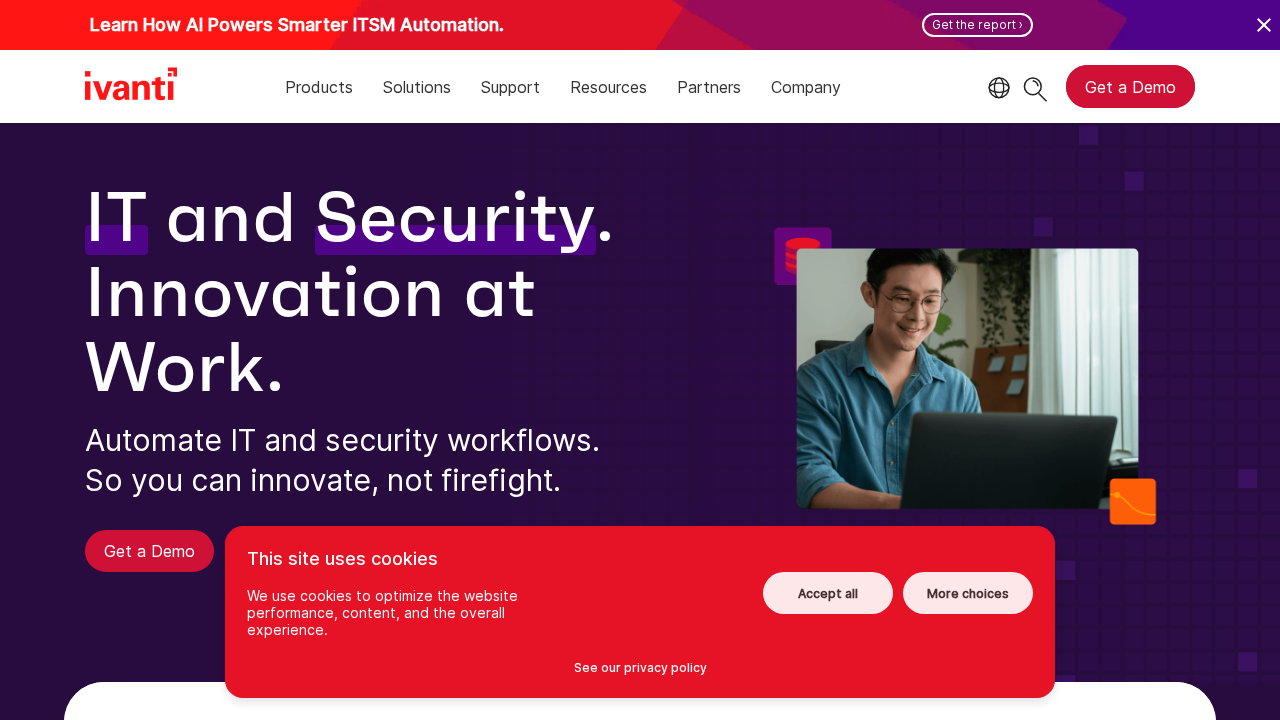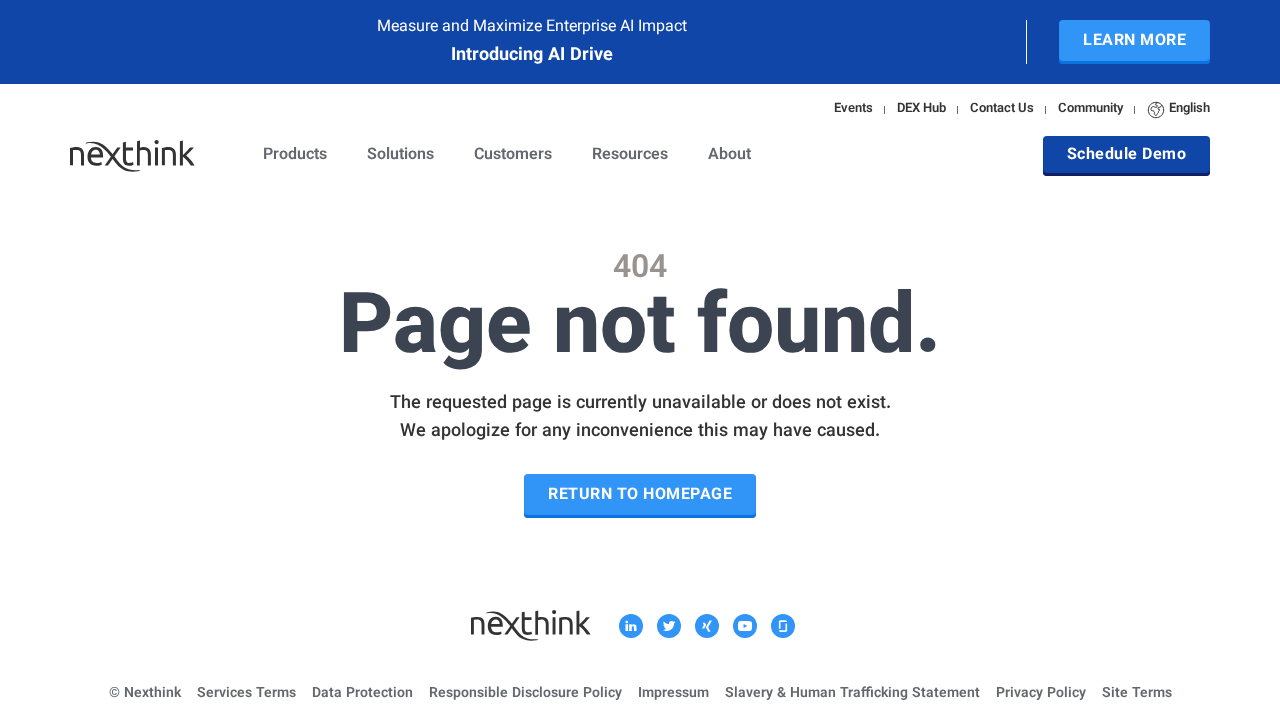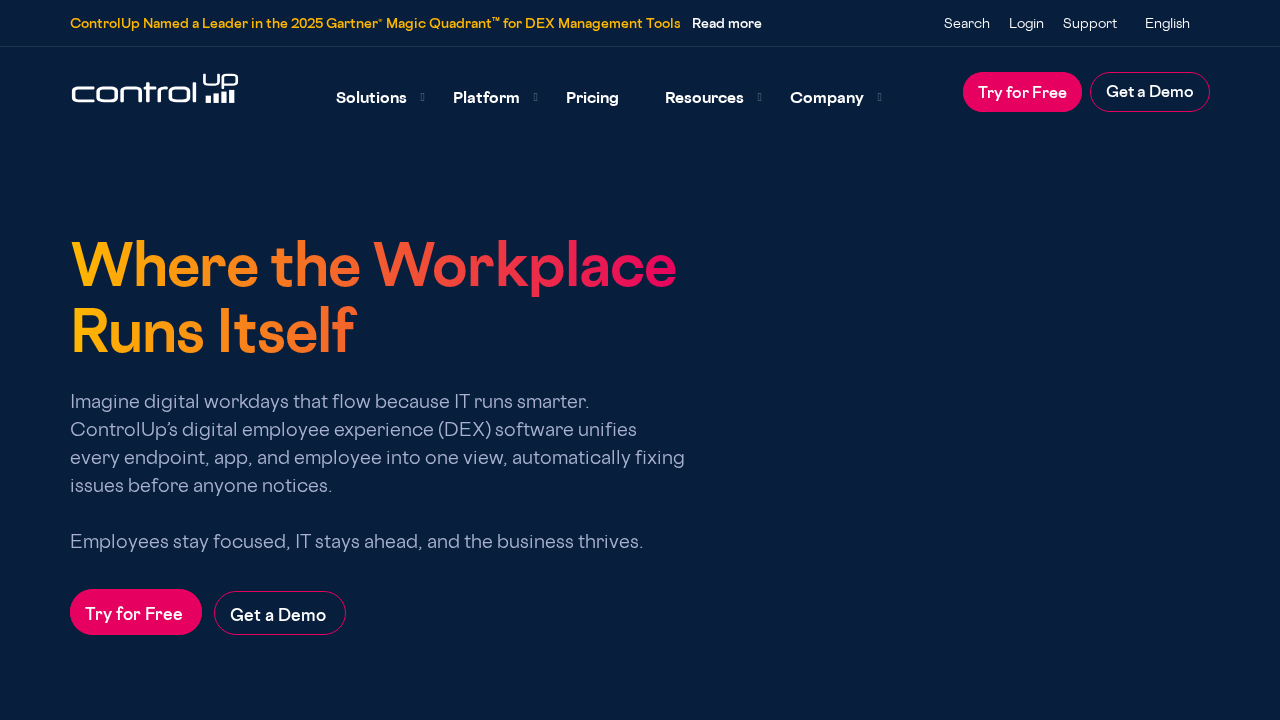Imagine stepping into 2025, where the workplace is no longer about manual processes and disengaged employees, but a dynamic environment driven by innovative technology that truly prioritizes employee engagement. The future isn’t just about doing things faster; it’s about doing them smarter. Enter the era of automated triggers—game-changing tools designed to spark motivation, connection, and productivity like never before.
Now more than ever, businesses need transformational solutions to cultivate an environment where employees thrive. This blog explores five groundbreaking platforms that are revolutionizing how we engage with our teams, starting with tools that gamify tasks to bots that predict sentiment trends. It’s time to discover how these advanced tools will reshape the workforce for the better!
Top apps:
1. Moodbit Copilot
2. Applauz
3. Ivanti Neurons for Digital Experience
4. Nexthink Infinity
5. ControlUp ONE
Moodbit Copilot

The main purpose of Moodbit Copilot is to empower HR teams, team leaders, and small to medium-sized businesses (SMBs) with a cutting-edge, generative AI assistant that transforms people data and documents into actionable insights and automations. By integrating conversational analytics, document intelligence, workflow integrations, and HR chat support, this tool offers a comprehensive solution to enhance employee engagement and streamline HR operations.
Pros
- Cutting-edge conversational interface: Enables non-technical users like managers and HR professionals to ask natural-language questions and receive instant, contextual answers and visualizations without needing advanced technical skills.
- Enhanced efficiency: Reduces the burden of manual reporting and repetitive administrative tasks, giving HR and team leaders more time to focus on strategic initiatives.
- Employee-centric features: Includes a 24/7 HR chatbot to provide instant policy, benefits, or process information to employees, thereby enhancing satisfaction and reducing employee frustrations with HR processes.
- Broad integrations: Seamlessly connects with widely used platforms like Slack, Microsoft Teams, Google Workspace, SAP SuccessFactors, and more, providing centralized knowledge management and reducing the need to switch between tools.
- Actionable insights: Moves beyond raw data by offering tailored recommendations, talent management plans, and prioritized next steps, allowing managers and HR teams to make smarter and faster decisions.
- Scalability: Enables small HR teams to efficiently manage and support larger workforces, ensuring consistent service and a great employee experience.
- Well-being prioritization: Identifies sentiment trends, surveys, and employee engagement signals and translates them into practical follow-ups and initiatives aimed at improving workplace well-being.
While two minor cons include the initial need for integration setup and dependent reliance on compatible platforms, these are overshadowed by the multitude of strengths the app delivers.
Use Cases
- Data-informed decision-making: Leverage conversational analytics to answer questions like “How is employee sentiment trending?” or “What are the top well-being concerns this month?” without requiring advanced analysis skills.
- Streamlined document handling: Upload HR documents, contracts, and survey reports, then quickly extract summaries and recommendations, saving significant time for administrative HR tasks.
- Real-time employee support: Use the 24/7 chatbot to address employee questions about policies, benefits, and procedures on demand, reducing repetitive requests to HR teams.
- Integration into daily workflows: Automate meeting summaries, survey follow-ups, and reporting through integrations with Slack, Microsoft Teams, and other platforms employees already use.
- Enhanced well-being initiatives: Translate employee sentiment and survey signals into actionable programs and strategies that actively boost morale and engagement in the workplace.
Applauz

Applauz is an employee engagement app designed to foster connection and fun in the workplace by gamifying tasks, providing incentives, and creating a unified recognition system for employees.
Pros
- Includes gamified tasks to increase employee motivation.
- Offers a social hub for engagement and recognition features like badges and public posts.
Cons
- Lacks advanced analytics capabilities to turn sentiment data into actionable insights.
- Integration options are limited to Microsoft Teams and lack deeper ecosystem-wide implementation for HR platforms.
- No AI-driven support for HR teams to automate workflows or create strategic recommendations based on data.
- Restricted to engagement and recognition activities, without broader utility for management or operational decision-making.
- Features such as employee recognition and tax-free rewards, while positive, prove less significant for developing deeper employee strategies or assisting HR teams in larger organizations.
Ivanti Neurons for Digital Experience

The ‘Ivanti Neurons for Digital Experience’ app primarily focuses on optimizing digital employee experiences (DEX) through monitoring, predictive analytics, and issue prevention. It aims to improve productivity, security, and user satisfaction by delivering contextual insights and automated remediation for IT and service teams.
Pros:
- Provides real-time insights into device and application performance for employees.
- Ability to generate proactive recommendations to prevent IT issues before they occur.
Cons:
- Restrictive focus on devices and IT systems without broader applicability to HR or operational processes.
- Lacks conversational accessibility for non-technical users, requiring navigation through dashboards for insights.
- Dependency on technical configuration and integrations, which may create a high adoption barrier for smaller teams.
- Narrow scope for action plans, primarily centered on IT systems, limiting people-centric outcomes like engagement strategies or wellbeing enhancements.
- Difficulties in scaling cross-functional support due to limited features beyond IT and device monitoring.
- No generative intelligence for creating actionable recommendations tailored specifically for talent management or strategy development.
Nexthink Infinity

Short Description: Nexthink Infinity is a digital workplace platform focused on optimizing employee digital experiences through visibility, diagnostics, and targeted actions. It emphasizes real-time workplace data integration, employee engagement, and actionable insights for IT teams.
Pros
- Provides unparalleled visibility into employee digital experiences and collaboration tools.
- Supports predictive analytics for proactive problem-solving.
- Enhances IT service delivery with a low-code orchestration engine.
Cons
- Lacks conversational analytics for extracting insights effortlessly through natural language queries.
- No dedicated HR chatbot for reducing repetitive HR requests and enhancing employee support.
- Limited workflow automation for cross-functional HR-related tasks like report generation or survey follow-ups.
- Misses streamlined integration with common employee collaboration tools like Slack and Microsoft Teams for seamless updates and automations.
- Focuses heavily on IT-centric visibility and diagnostics, which narrows broader utility for HR strategy and employee engagement programs.
ControlUp ONE

ControlUp ONE is a Digital Employee Experience (DEX) management platform designed to help IT teams monitor, troubleshoot, and improve performance across desktop, application, and endpoint environments in real time.
Pros
- Robust real-time monitoring capabilities, offering detailed insights into system performance every few seconds.
- Provides automated remediation features to proactively address technical issues.
Cons
- Primarily focused on technical IT-driven metrics and endpoints rather than providing actionable employee-centric insights.
- Lacks conversational analytics or a low-friction interface for non-technical managers, making it cumbersome for non-IT users.
- Does not offer a 24/7 interactive assistance capability, such as an HR chatbot for instant responses to routine employee inquiries.
- Limited support for integrations beyond IT-related systems, reducing operational scope across organizational functions.
- Focuses heavily on device health and compliance, which may not directly aid in fostering employee engagement or strategy development.
Conclusions:
While all solutions in this blog bring innovation to the table, the Moodbit Copilot emerges as the clear winner in driving meaningful employee engagement. With its generative AI capabilities, Moodbit empowers HR teams and managers with instant insights, automated workflows, and tools designed to prioritize people strategy. Through features like natural-language analytics, document intelligence, and real-time chatbot support, Moodbit redefines efficiency and engagement.
Unlike other platforms that focus more on IT-centric metrics or gamified rewards, Moodbit connects the dots between data-driven decision-making and employee wellbeing. It doesn’t just streamline processes; it transforms the way HR teams operate, helping them focus on creating a workplace where employees feel valued and supported. From reducing repetitive administrative tasks to delivering actionable strategies, Moodbit makes scaling people operations effortless.
In 2025, the demands for employee-centric technology will only grow, and Moodbit’s comprehensive approach positions it as the ultimate solution. If you’re ready to combine efficiency, engagement, and strategy, Moodbit Copilot is the key to unlocking a smarter, happier, and more productive workforce.